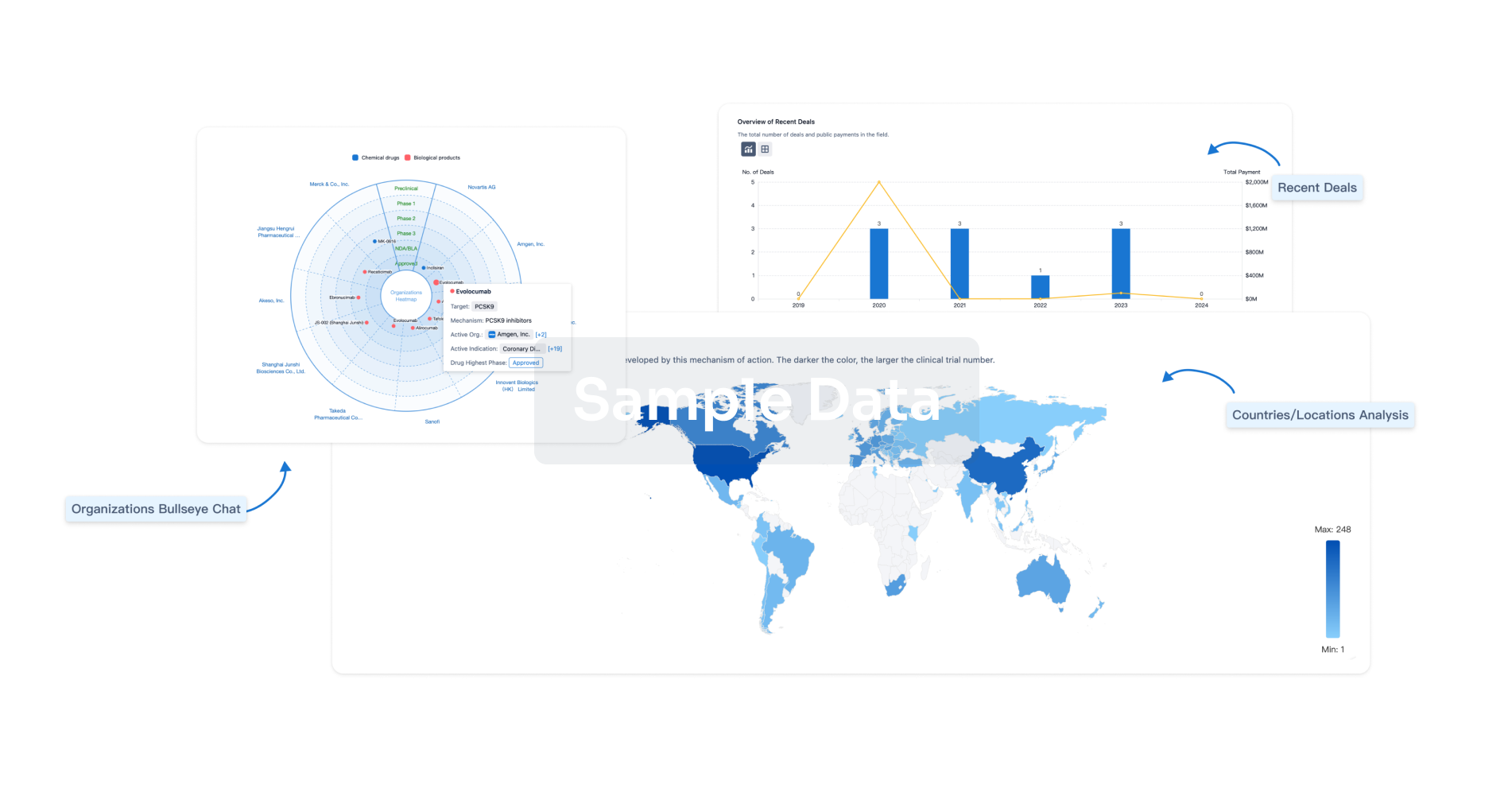Request Demo
Last update 08 May 2025
GABRA2 x GABRD
Last update 08 May 2025
Related
1
Drugs associated with GABRA2 x GABRDTarget |
Mechanism GABRA2 modulators [+1] |
Active Org.- |
Originator Org. |
Active Indication- |
Inactive Indication |
Drug Highest PhaseDiscontinued |
First Approval Ctry. / Loc.- |
First Approval Date20 Jan 1800 |
100 Clinical Results associated with GABRA2 x GABRD
Login to view more data
100 Translational Medicine associated with GABRA2 x GABRD
Login to view more data
0 Patents (Medical) associated with GABRA2 x GABRD
Login to view more data
6
Literatures (Medical) associated with GABRA2 x GABRD01 Dec 2019·Behavioural Brain ResearchQ3 · PSYCHOLOGY
GABAa receptor subunits expression in silver catfish (Rhamdia quelen) brain and its modulation by Nectandra grandiflora Nees essential oil and isolated compounds
Q3 · PSYCHOLOGY
Article
Author: Rodrigues, Patrícia ; Baldisserotto, Bernardo ; Garlet, Quelen I ; Martinez-Rodríguez, Gonzalo ; Souza, Carine F ; Heinzmann, Berta M ; Descovi, Sharine N
01 Dec 2014·Balkan Journal of Medical GeneticsQ4 · MEDICINE
Genome-Wide Methylation Profiling of Schizophrenia
Q4 · MEDICINE
ArticleOA
Author: Toncheva, D. ; Staneva, R. ; Milanova, V. ; Hadjidekova, S. ; Rukova, B. ; Stamenov, G.
01 Nov 2014·American Journal of Medical Genetics Part AQ3 · BIOLOGY
A novel variant in GABRB2 associated with intellectual disability and epilepsy
Q3 · BIOLOGY
Article
Author: Cohen, Julie ; McKnight, Dianalee ; Butler, Elizabeth ; Pevsner, Jonathan ; Johnston, Michael ; Aradhya, Swaroop ; Fatemi, Ali ; Srivastava, Siddharth
Analysis
Perform a panoramic analysis of this field.
login
or

AI Agents Built for Biopharma Breakthroughs
Accelerate discovery. Empower decisions. Transform outcomes.
Get started for free today!
Accelerate Strategic R&D decision making with Synapse, PatSnap’s AI-powered Connected Innovation Intelligence Platform Built for Life Sciences Professionals.
Start your data trial now!
Synapse data is also accessible to external entities via APIs or data packages. Empower better decisions with the latest in pharmaceutical intelligence.
Bio
Bio Sequences Search & Analysis
Sign up for free
Chemical
Chemical Structures Search & Analysis
Sign up for free
